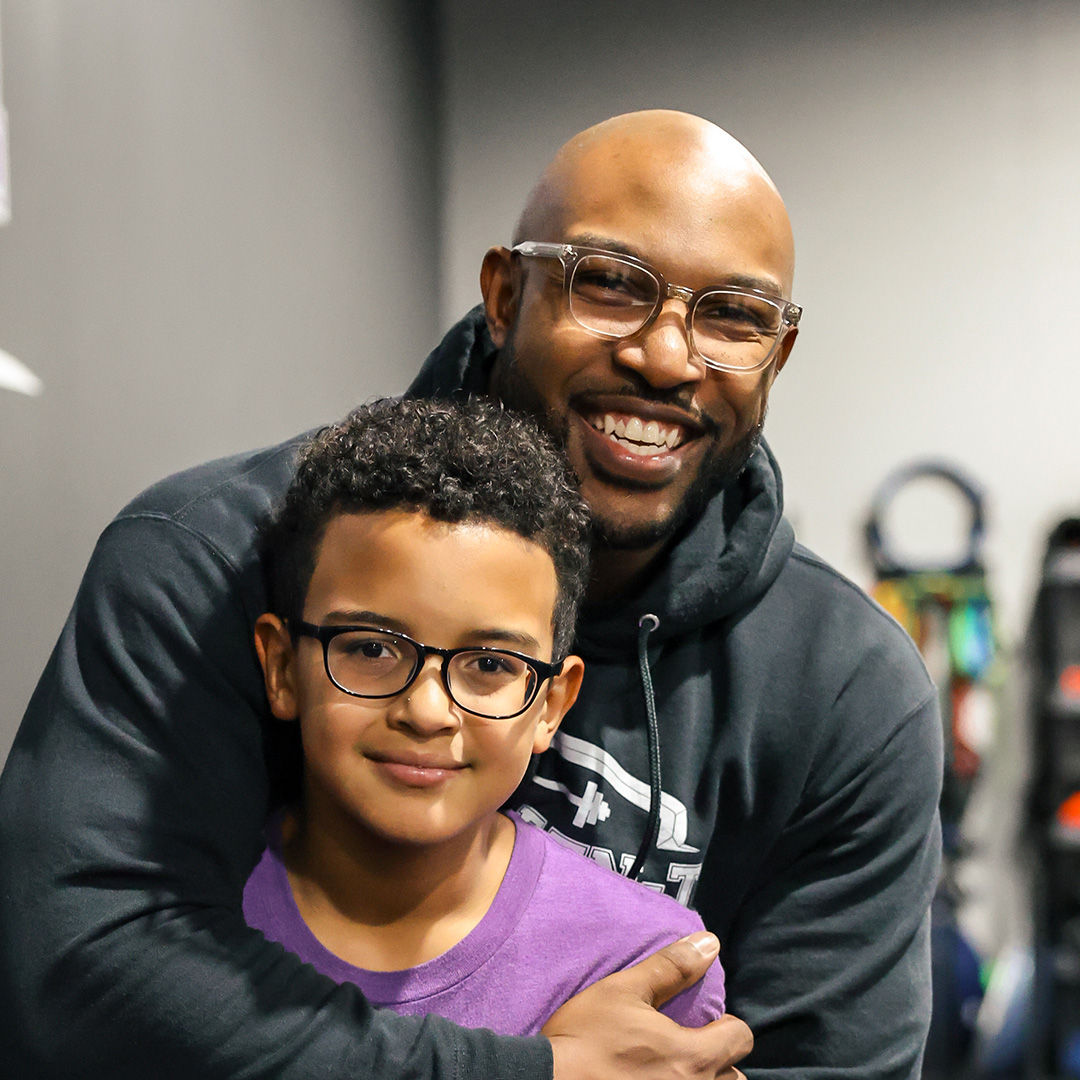It might not be in the league of Woodstock or the Haight-Ashbury, but Spring Branch did make a psychedelic rock and roll and sunshine pop history back in the day, thanks to an out-of-sight little teen club known as The Living Eye.
Housed in what had been Smith’s Grocery, sadly, today the Living Eye is literally and forever out-of-sight, as homes now stand on the stretch of Silber near Shadyvilla where the club once stood, but during its late ‘60s run, the venue made plenty of (perhaps hazy) memories. Notable national acts like the Electric Prunes and ? and the Mysterians of “96 Tears” immortality took to the stage in the strange little venue, one designed to resemble the innards of an android. (That’s not even to mention the 13th Floor Elevators, the hugely influential Austin-born, Houston-based psychedelic rock pioneers whose fateful relationship with the Living Eye we will discuss in part 2 of this article.)
Perhaps it was due to the overwhelming number of teens in those peak baby boom years, but it seems like teen clubs like the Living Eye were more common back then than they are today.
“If you’re 21…you’re too old
If you’re 14…you’re too young
If you’re in between…Come take a fantastic voyage into the inside of an android…where the heartbeat never stops…where a happening never stops happening.”
A Houston Post “Youth Beat” reporter named Jerri Largent took in an evening there in January 1967, a few months after it opened:
As the heart beats and blood rushes through neon veins, teens of Spring Branch and other parts of Houston dance to the music of the Living Eye.
This new dance hall for teens, which was recently opened, was constructed in the shape of an android.
The roof supports are molded “ribs.” A huge heart in the center of the ceiling throbs as its beats are heard in every part of the dance floor. Electrical “blood” flows through neon “veins” on each beat and theatrical fog spreads the bright red color through the air.
The teens come in every mode of dress from pants to skirts, some bell-bottom, some backless. Some come in western attire and some come in costumes. They come with and without shoes.
Three girls from the area work at the Living Eye as go-go dancers. Karen King and Sherry Martin, students at Spring Branch High, and Cindy Seixas, a student at South Texas Junior College, dance individually on a platform in front of the band. The girls are paid for dancing and have their parents’ consent.
When asked why she worked as a go-go dancer, one of the girls commented, “Cause I love to dance.”
They have no set routines. Another of the girls commented, “You just dance what you feel.”
The Living Eye also served as a launch pad for bands from the wider Houston area, including both Rock Romano’s combo (known variously as Sixpence, Sixpentz, and the Fun and Games Commission) and the Moving Sidewalks, Billy Gibbons’ pre-ZZ Top quartet. Bands like the Coastliners, Neal Ford & the Fanatics, and the Lost and Found were frequently on the marquee. And also sunshine pop maestros the Lemon Fog who composed the club’s theme:
And also this ahead-of-its-time psych pop gem:
Destined to be foremost nationally of the local Spring Branch bands was the Fever Tree, led by guitarist Michael Knust, son of a concert pianist and a Spring Branch High School graduate. Inspired by the music with which his father filled their house, and also by Duane Eddy and the Kinks’ heavy riffage on “You Really Got Me,” in eighth grade Knust talked his parents into buying him a guitar and lessons from Dale Mullins at Westview Music, which Knust later recalled was about ten blocks from his boyhood home. Knust would get up early for his lessons, and inside of a year of hard study before each school day, he’d mastered his instrument sufficiently to give lessons himself.
His more or less constant presence and Westview Music exposed him to a steady procession of music-minded Spring Branch kids like himself — such as future Fever Tree singer Dennis Keller and bassist Bud Wolfe. After months of band rehearsal at Westview Music, Knust recalled that in his junior year of high school the band debuted (albeit under the name the British Invasion-inspired name the Bostwick Vines) playing on an overhang above Westview Music, near enough to Spring Branch HS to entice their fellow students to come by and look and listen.
The band found twin svengalis in husband-and-wife Vivian and Scott Holtzman who persuaded Knust to change the band’s name to the Fever Tree and wrote lyrics set to his music. Regional touring led to a national record deal, and in 1967 the band’s “San Francisco Girls” hit #91 on the national pop chart and helped put Texas on the psychedelic rock and roll map. (In those days, it was more about radio airplay than chart position — and the Fever Tree were more popular than that ranking might indicate.)
It’s a minor gem of that era of trippy vibes and ornate instrumentation, featuring harpsichord from classically trained keyboardist Rob Landes. But don’t take our word for it — listen for yourself on this Spotfiy playlist of some of the best of the best of the Living Eye.
(Next month we’ll bring you the story of the Living Eye’s role in the downfall of the 13th Floor Elevators, one of the most influential and legendary rock bands in Texas history.)





